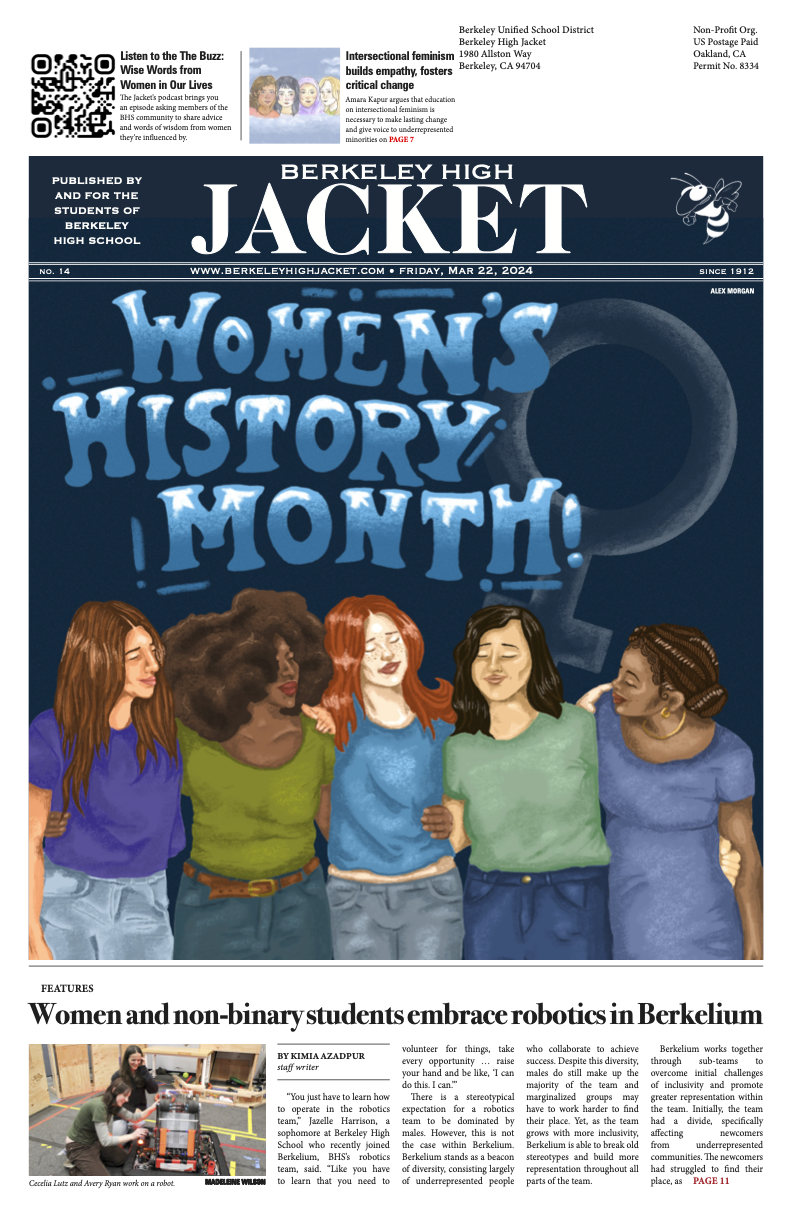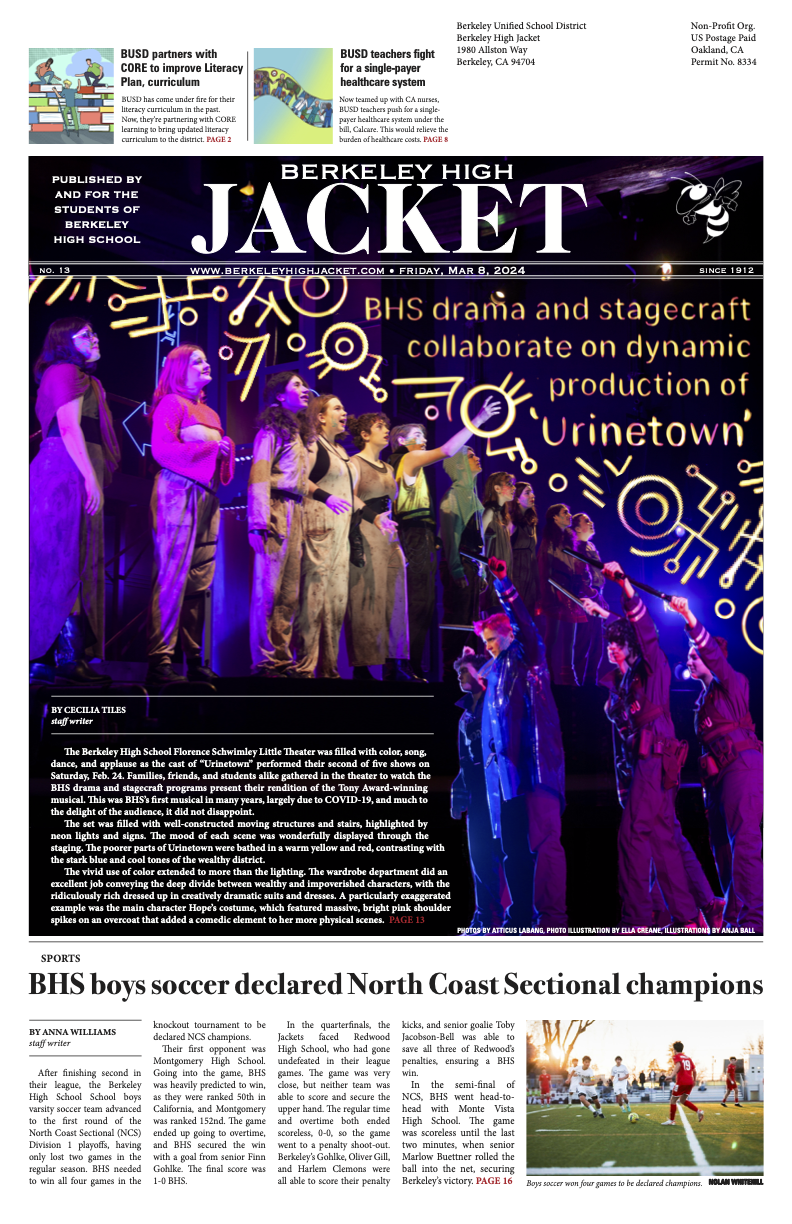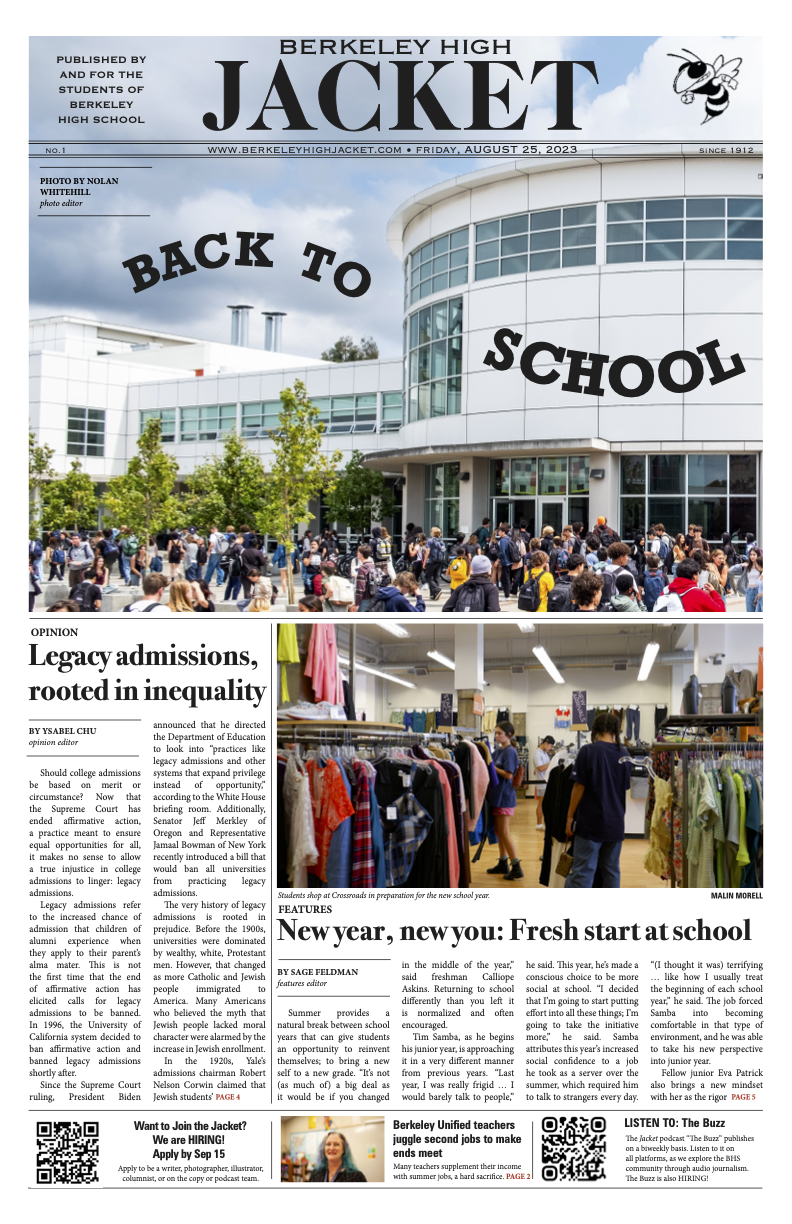From 90s minimalism to 2000s maximalism, trends have always been defining moments in style. For the newest generation of teens, TikTok has played an enormous role in influencing style and changing the tides of fashion trends, sometimes for better, and sometimes for worse. Gen Z’s newest obsession with an old money" aesthetic idealizes the wealthy, perpetuating values of consumerism and greed while ignoring the consequences of wealth inequality.
The old money aesthetic has become very well-known through different social media platforms. The trend is centered around generational wealth and the luxury brands associated with it. While trends such as old money can be interpreted as harmless styles, many of the idyllic videos seen on For You pages mask the deeper systemic issues our society has with overconsumption, greed, and wealth hierarchy that occurred in the past and continue to be prevalent today.
One key aspect of the old money aesthetic is copying the appearance and lifestyle of the rich elite. The aesthetic of generational wealth has become a defining characteristic of the trend. It involves high-end clothing, decor, and dining, which poses an issue of accessibility for many. This has become an exclusive trend that further cements a culture of social and financial hierarchy.
Furthermore, the old money aesthetic fails to address wealth inequality by glamorizing the appearance of wealth rather than looking deeper into the corruption and systemic oppression behind familial inheritance. Much of the generational wealth in the past was inherited by white elites, with large corporations behind these individuals working to exploit low-income communities. These operations caused a substantial amount of financial inequality and cyclical discrimination that the old money aesthetic simply ignores. By glossing over the harmful roots of the aesthetic, it sustains an inaccessible trend rooted in inequity.
All in all, while the rise of the old money aesthetic has brought back the appeal of exclusivity and luxury, when one looks closer, the trend fosters harmful values. Currently inaccessible and creating toxic consumption habits, the "old money" fad should have to undergo some serious changes before becoming permanent.





